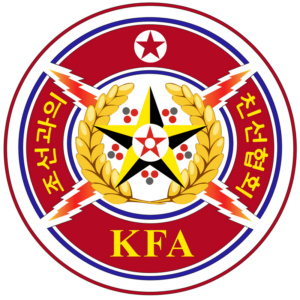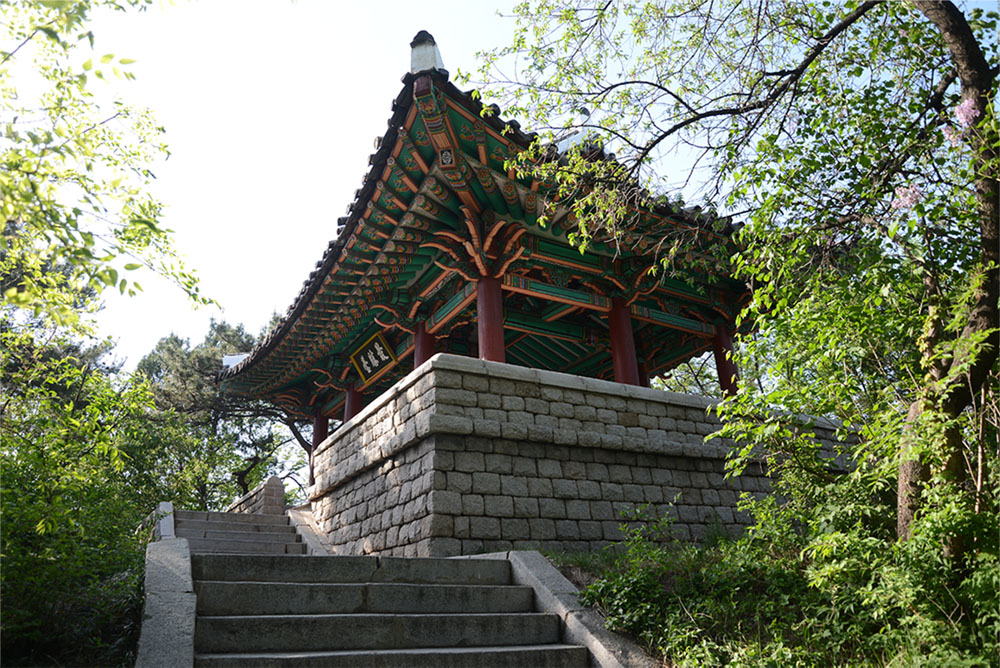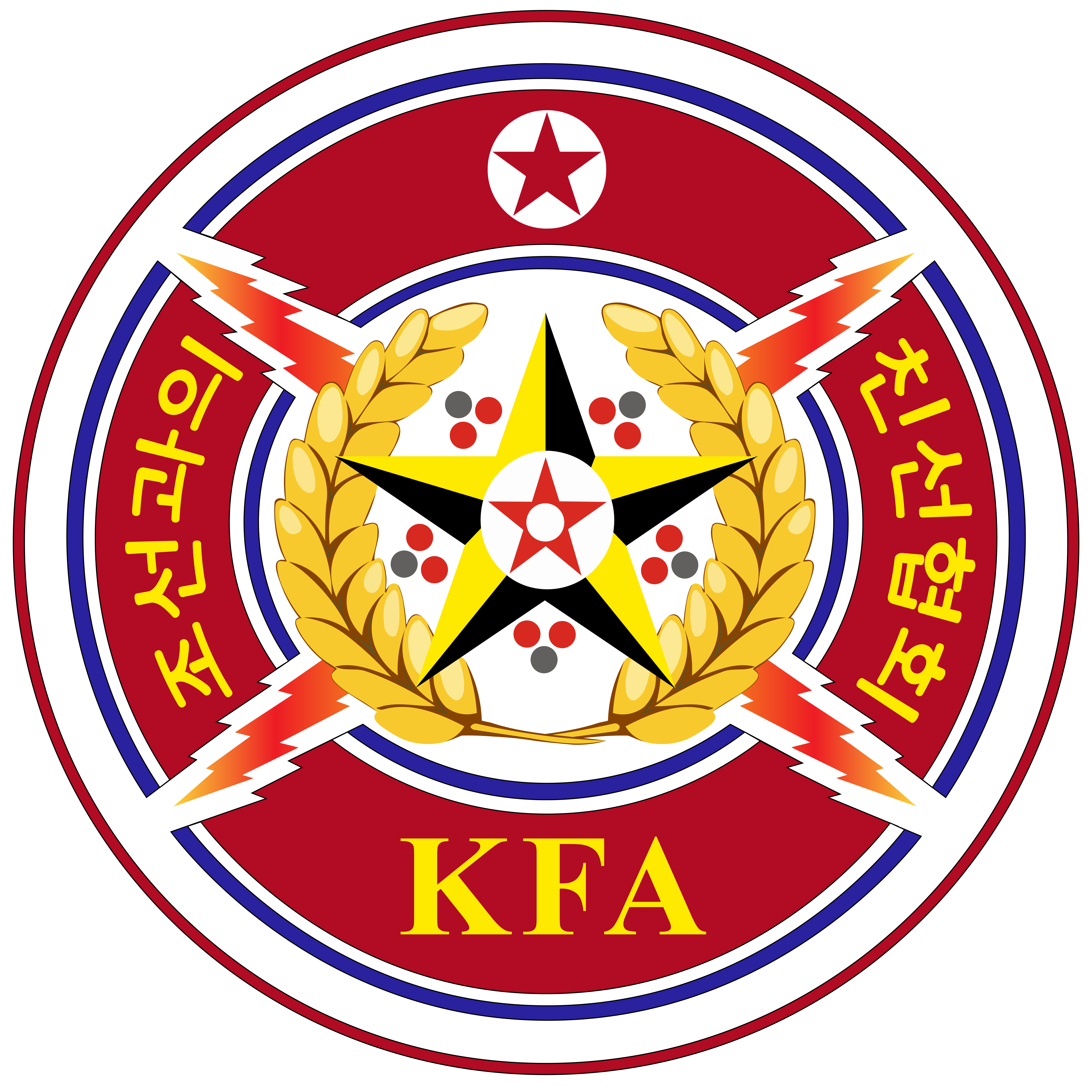News
Old Architectural Structures on Moran Hill.
Moran Hill in Pyongyang, whose name derived from its appearance resembling a blooming peony flower, abounds with historical remains associated with the Korean nation’s intelligence and talent.
In particular, there are many remains of the Walled City of Pyongyang built in the period of Koguryo (277 BC-AD 668), including Ulmil and Choesung pavilions, and Chilsong, Jongum and Hyonmu gates.
Ulmil and Choesung pavilions served as command posts for generals to keep watch on enemy’s movements and command soldiers in defence of the fortress against the foreign invasion.
Ulmil Pavilion, a northern command post in the Walled City of Pyongyang, was rebuilt in 1714, during the feudal Joson dynasty (1392-1910). It consists of a square-trimmed stone platform which was built in tiered shape at the bottom and in a narrowing pattern upward, giving majestic and secure impressions and looking higher than its actual height of 11 metres.
The gorgeous Choesung Pavilion stands on the summit of Moran Hill, boasting its unique feature of a structure built on the hilltop.
Chilsong Gate was reconstructed in the period of Koryo (918-1392) and in 1711 and 1764. Walls on both sides of the gate are alternately positioned some 10 metres apart, and the gateway is placed diagonally. That the exterior wall protrudes to serve as outer fortress and the pathways inside the arched gateway and before the gate slope steeply are distinctive features of the gate.
Jongum Gate, the gateway to the walled city from a ferry under Chongnyu Cliff on the Taedong River, was built by erecting stone walls crisscross and placing a gate at a right angle to the walls.
Hyonmu Gate was a northern gate of the Walled City of Pyongyang. The present gate was reconstructed in 1714, and it stands at the lowest point where the walls stretching from the peaks between Choesung and Ulmil pavilions meet at right angles.
Pubyok Pavilion, one of famous historical remains on Moran Hill, was called Yongmyong Pavilion when it was first erected in 393 as an affiliate of Yongmyong Temple, a Buddhist temple. Later it was renamed as it looked like a pavilion floating on Chongnyu Cliff on the meandering river. The pavilion was burnt down by Japanese aggressors during the Imjin Patriotic War (1592-1598), and rebuilt in 1614.
Not only the above-mentioned ones but also other historical remains on Moran Hill, including the site of Yongmyong Temple, an octagonal, five-tiered pagoda and Chongnyu Pavilion, are under good preservation thanks to the DPRK’s policy on conserving national heritage.




